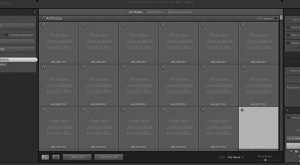

When dealing with uncompressed RAW files, DNG certainly does save a lot of space by converting huge uncompressed RAW files to losslessly-compressed RAW files. This alone can result in 50% or more in space savings. In addition, there is an option to generate smaller JPEG previews, which results in additional space savings. And if you do not need full-resolution DNG files, there is even an option for lossy compression, with the ability to limit the total megapixel count. So you could potentially save a lot of space by using the DNG format, provided you fully understand the implications of such things as lossy compression and down-sampling. However, if you are smart about your camera settings, the space savings offered by the DNG format are more or less insignificant. There is no reason why you should ever shoot uncompressed RAW in your camera, so just don’t – always use the lossless compression method instead. If you do that, the space savings from DNG compared to RAW will be minimal. I did a test run with NEF images that I converted from my Nikon D810 to DNG. With medium-size JPEG previews, the space savings amounted to less than 15% and when I rendered full-size JPEGs, that number got reduced to 10-12%.

Given the cheap cost of storage today, these numbers are not something I can be really excited about, especially considering my wasted time converting those images and taking into account all the other disadvantages of the format mentioned in the article.Īlthough Adobe has been pushing hard to make the DNG format open and widely adopted for many years now, it seems like very few companies actually give a damn about DNG.


 0 kommentar(er)
0 kommentar(er)
